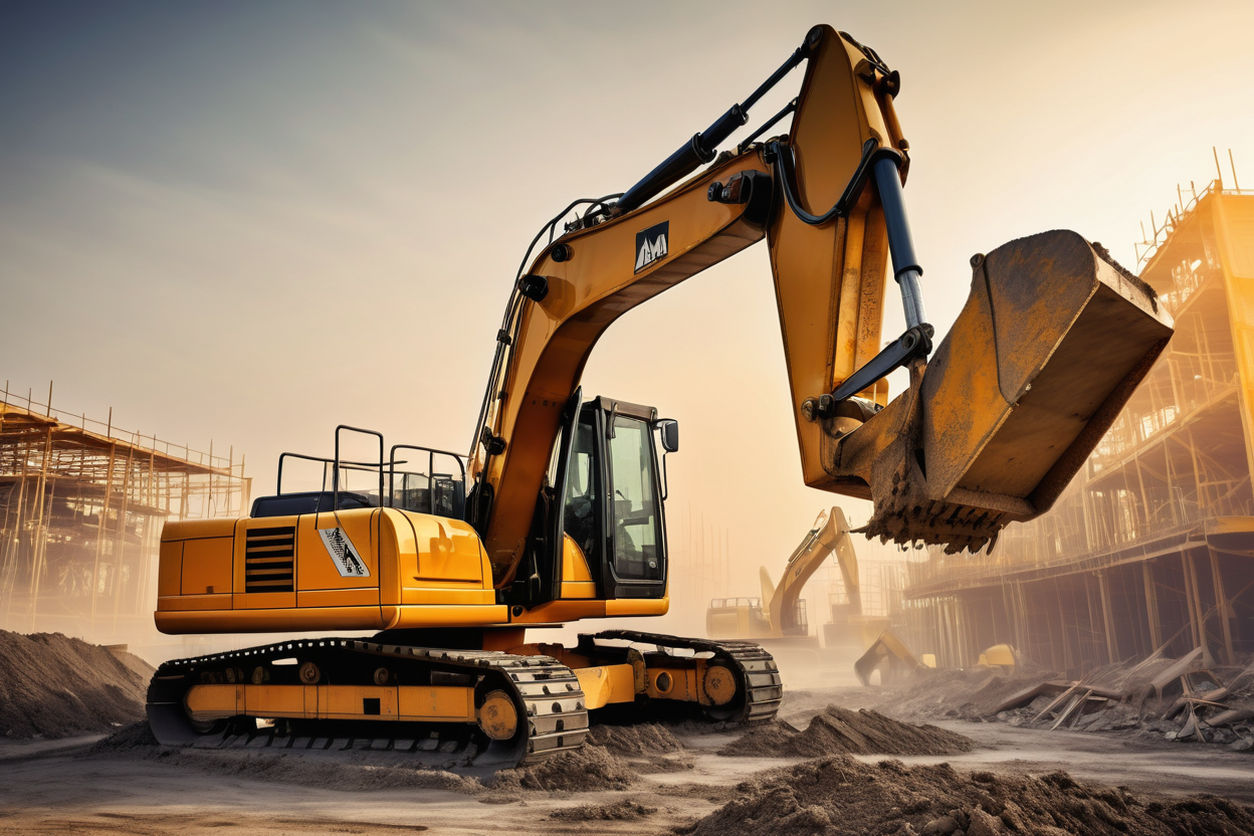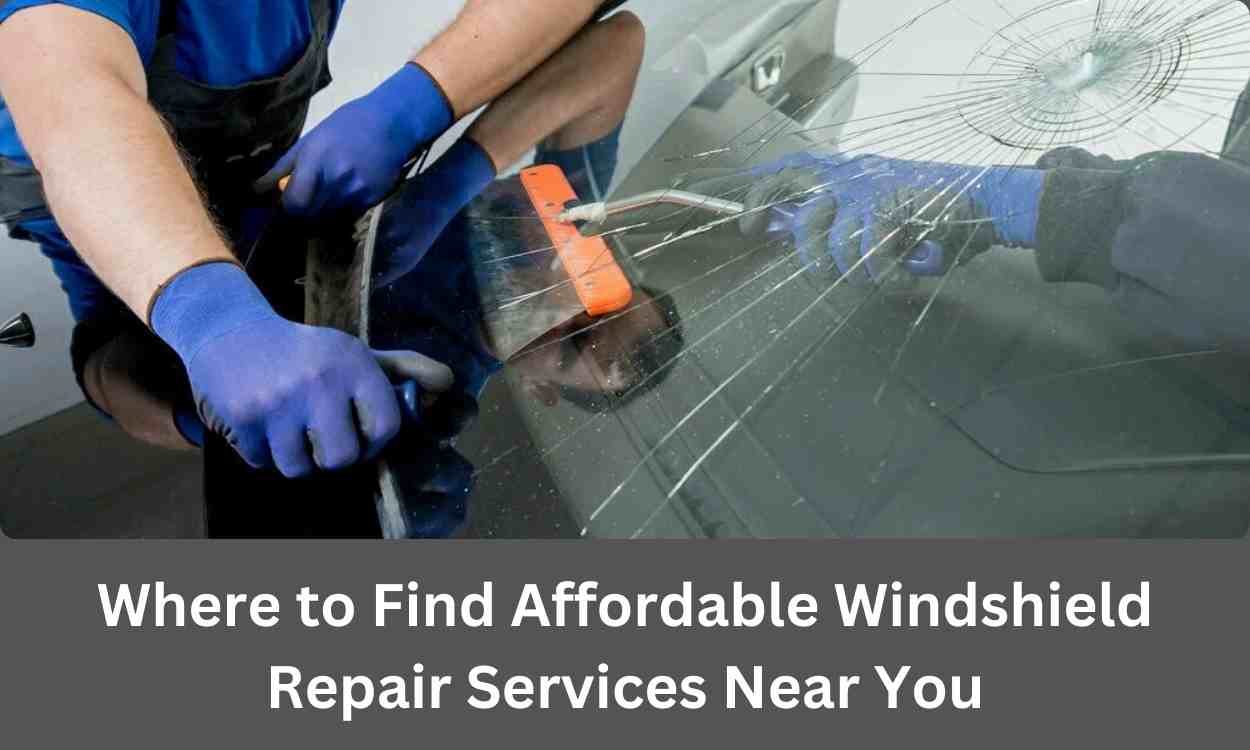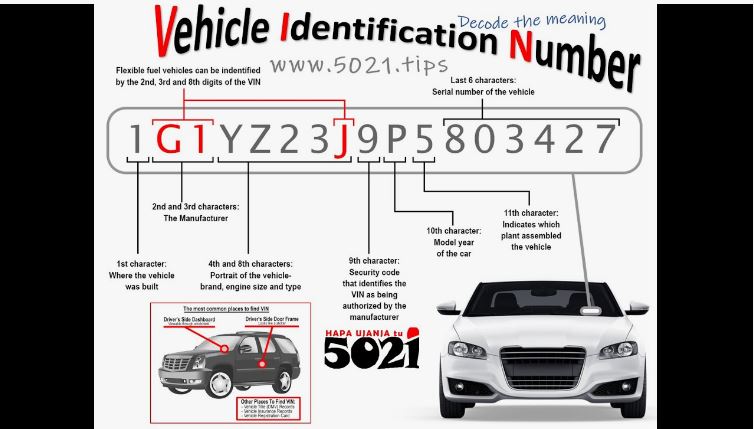Heavy-duty construction equipment is one thing that is not easy to manage. Whether it’s a small construction company handling minor projects or a large firm working on high-profile infrastructure, equipment is always a crucial part of the process. It plays a key role in ensuring that the job gets done both efficiently and safely. However, just like any machinery, construction equipment like a crane has a life expectancy. At some point in time, upgrading your fleet is essential for performance, cost-effectiveness, and productivity levels to be enhanced.
Here is a guide on when you should upgrade your heavy-duty construction equipment fleet.
Signs It’s Time to Upgrade Your Heavy-Duty Construction Equipment
1. Breaking down and repairs
If breakdowns are happening more frequently than occasional repairs, it’s a clear sign that an upgrade is needed. Frequent issues with equipment are a definite indication that it’s time to invest in newer machinery. This is because the irregular mechanical faults must start bringing into the fore signs of wear and tear. It might be causing you a drag on your projects.
Too frequent repair operations cause greater downtime than proper planning could have allowed for and eat away at your bottom line. With older equipment, finding replacement parts can become a challenge. You might also be dealing with outdated technology, which adds to delays and complications. If you are spending more in repairs than your estimate indicates, it’s time to start considering new equipment for sure.
Note the history of every machine for maintenance and repairing purposes, to know recurring problems. It will also help you know at what particular juncture a machine is costing too much.
2. Low Productivity
Another obvious sign that your fleet needs upgrading is decreased productivity. As construction equipment ages, it loses its efficiency. This can lead to slow-going work, prolonged project timelines, and increased fuel consumption. This is likely to result in worse performance in an already competitive market.
Newer models of heavy-duty construction equipment come with much better technology. It will provide better fuel efficiency and speed as well as lots of automation options. Upgrading to newer models may help increase your productivity while saving costs in the long run.
If your excavator takes twice as long to dig a trench compared to newer models, it’s a clear issue. This inefficiency is not only wasting time but also costing you money.
3. Rising Operating Costs
Operating costs include fuel, maintenance, and repairs. If all these costs continue to escalate ruthlessly, it may well be a time to change the fleet. Older machines tend to consume significantly more fuel than newer models. Their performance doesn’t match up to modern equipment, which is designed with fuel-saving technology.
You will also note that older units are usually more troublesome. Hence, it is more expensive to operate in terms of labor and parts. Newer regulations affecting emissions and safety standards are also rendering compliance nearly impossible with older equipment. It leads to penalties or extra work.
Cost-benefit comparison. Calculate the operating costs of your current fleet to understand the expenses involved. Then, compare those costs with the savings you’ll achieve by replacing them with newer, more efficient machines.
4. Unavailability of Replaced Units
The second is that old equipment is often hard to find replacement parts for. Manufacturers stop carrying the parts for older models, making it impossible to get them when needed. It is the waste of time and money being wasted searching for unattainable parts or when repairs take such a long time.
Newer machines usually mean that more readily available spare parts come with warranties. Thus making repairs quicker and simpler. This reduces downtime and allows your projects to get rolling sooner.
If you’re constantly reaching out to multiple suppliers for parts to repair a 15-year-old bulldozer, it’s a clear signal. At this point, it’s time to retire the machine and consider an upgrade.
5. Technological Advancements
Technology in construction equipment is fast advancing. Newer models come with features such as GPS tracking, telematics, and automation that can improve productivity and operating costs. They aid in better project management, as one can track machine performance and fuel consumption in real-time.
Older machines do not have these technologies; hence you are disadvantaged. Investing in new equipment with up-to-date technology will not only make your work easier. But also put you at an upper hand.
Keeping an eye on the latest trends in the industry and new technologies. Upgrade your fleet to include machines that have smart technology. This helps to streamline operations and enhance overall efficiency.
6. Safety Issues
Safety always comes first on any site. Old equipment may not have modern safety features included in newer models. It could endanger your operators and crew members. Older machines could have failing brakes, outdated controls, or malfunctioning sensors. It brings on accidents with injury to the worker and possible legal problems for your company.
Equipment today will be mainly designed with improved security aspects such as ergonomics, excellent visibility, and self-shutoff systems. Some of these upgrades may help prevent accidents and ensure a safer working condition.
A backhoe loader with advanced cameras and automated safety features is less likely to have accidents. In contrast, a machine without these added features is more susceptible to mishaps.
7. Following Environmental Standards
Environmental regulations are becoming tighter, most importantly emissions regulations. The older the equipment is, the more polluting it tends to be. Latest designs, on the other hand, can be very environmentally friendly. Depending on your jurisdiction, you could face fines or penalties for failing to meet emission standards. Additionally, some machines may be subject to restricted use if they do not comply with these regulations.
Upgrading to equipment that meets or exceeds environmental standards can save you from fines. It also improves the reputation of your company. Most newer machines are designed with emission-reducing technologies. They are consequently more environmentally friendly and in accordance with the rules.
Review the environmental regulations within your locality and nationally to ensure your fleet meets the requirement. If your equipment is outdated in terms of emissions, you might be in an obligation to upgrade and avoid some penalties.
8. Scaling Your Operations
As your business expands, so do your equipment needs. You may start taking up bigger or more complicated jobs that require specialized or potent machinery. This is to say that a largish fleet that has been used for a long period may hinder or prevent the expansion. It takes up more challenging projects.
Purchasing new machinery invests in the operations you do now. But it also gets you ready for the expansion days ahead. Having a versatile fleet means you’re ready for any project that comes your way. Whether it’s a small residential build or a large-scale infrastructure project, you’ll be well-prepared.
In road construction, upgrading to more efficient motor graders or compactors may see one through this upswing in workloads.
9. Leasing vs. Buying
Sometimes, upgrading does not necessarily entail acquiring new equipment. If you are not ready to make a huge financial commitment, leasing newer equipment would be the cost-effective way. Leasing allows one to use the latest models without having to pay the outlay of buying. Furthermore, you can upgrade to newer models more frequently.
But if it is within your budget, if you are holding it for several years, then it is best to purchase it. Because it’s only when you have the product, you own and can control it, and eventually sell or trade it in.
Therefore weigh these pros of purchasing versus leasing with the needs of your business, budget, as well as future growth plans.
10. Tax Incentives
Various countries provide tax incentives to companies for upgrading to newer and more efficient construction equipment. The cost of getting new machines could be significantly reduced through tax incentives. Look into any programs that the government is implementing. Check if there are tax benefits available for businesses that invest in new, environmentally-friendly technology.
Talk to a tax consultant or financial expert about your eligibility to get tax incentives or rebates on new equipment purchases.
Conclusion
It’s going to be a good investment into the future of your business. But it is certainly a large one: upgrading your heavy-duty construction equipment fleet. Stay alert for early warning signs that it might be time to upgrade your wheel loader. Frequent repairs, rising operating costs, and outdated machinery are all indicators that an upgrade may be necessary. New machines can significantly boost productivity and reduce expenses. They also help create a safer and more efficient working environment, allowing your business to thrive in a competitive marketplace.
Remember, upgrading does not always mean buying the latest model. You have an option to lease or even get second hand equipment that is almost as good. Whatever decision you make, upgrading at the right time sends a clear message. It shows that you are poised to dominate the construction environment.



